I would like to do a few experiments to test how different EM radiation frequencies (915 MHz to 5 GHz) interact with 3D print filament materials (like PLA, PolyCarbonate, TPU, etc...). Specifically I want to measure the signal strength of the reflected wave and penetrated wave by the medium. My setup would be something like the figure below:

I have a rectangular piece of material (12x12x0.2 inch), a source signal, and two receiving antennas. I don't know what components I would need to do this experiment and what would be the approach to get accurate measurements. Let's just say I want do the experiment for 915 MHz. I was thinking of getting a signal generator and a vector network analyzer. Even if I generate the signal on the transmitter, how would I know that receiver 2 is getting the reflected signal and not one directly from the transmitter? And Receiver 1 is getting the signal that's coming through the material? Can I narrow the beam of the radio wave towards a certain direction?